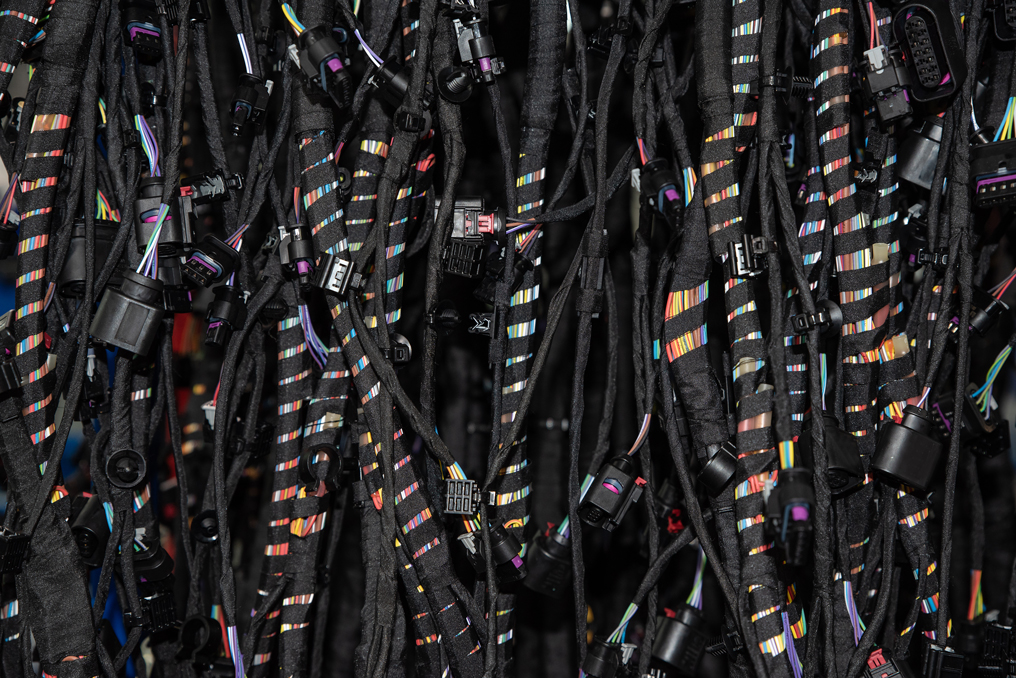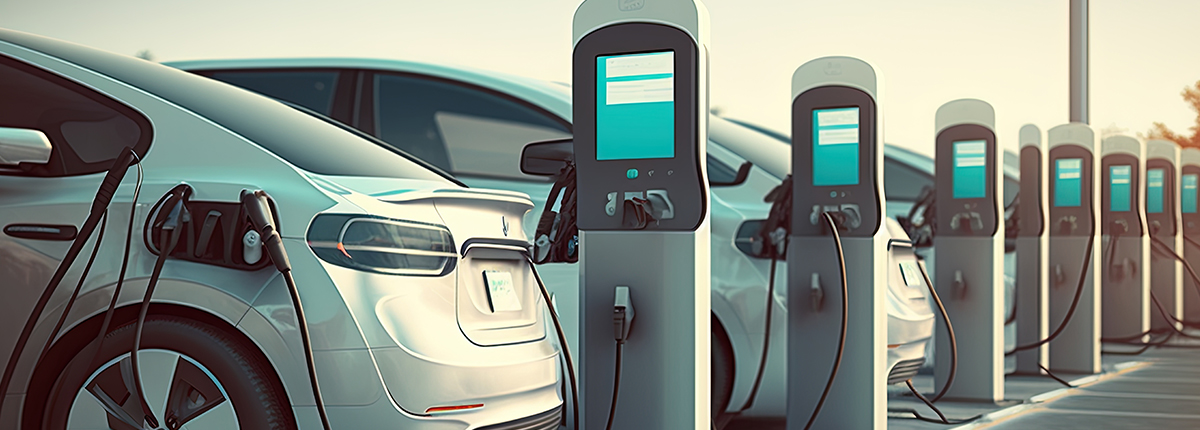The electric vehicle (EV) industry is experiencing a rapid surge in growth and popularity, with increasing investments, advancements in technology, and expanding infrastructure supporting widespread adoption. Governments, automakers, and consumers are recognizing the environmental advantages, cost savings, and improved performance offered by modern EVs, driving the industry toward an optimistic future.
Worldwide, EV sales were up 25% in the first quarter of 2023 compared to the same period in 2022. The 2022 US Inflation Reduction Act (IRA) allows most Americans to claim up to $7,500 in tax credits by purchasing a new EV. Because of the IRA, US demand for EVs has increased considerably, and it’s expected that EVs will account for 20% of annual US auto sales by the end of the decade.
Given this growth in the EV market, many manufacturers are shifting some of their capacity and focus from traditional gas pumps to the “gas pumps” of the future — EV charging stations.
Powering the New Automotive Frontier
Instead of pumping gas, EV charging stations pump electricity into the car’s battery. This comes as no surprise. EV charging stations contain more complex technologies and must be reliable over the long haul to deliver power to EVs safely. But harness assemblies for these new EV charging stations have to be completely redesigned to accommodate the different needs. This represents a total paradigm shift in product design.
At Kauffman, this starts with a manual, custom layout and design of a new wire harness assembly. Each assembly is designed to withstand harsh environmental conditions, including temperature variations, moisture, vibrations, and exposure to UV radiation. New EV charging wire harnesses must also meet various standards to ensure safety, interoperability, and consistent performance across charging infrastructure. We take all of these things into consideration before the manufacturing process begins.
EV wire harness assemblies must provide secure connections, significantly reducing the potential for electrical faults or failures. By offering robust protection against short circuits, power surges, and a range of other electrical hazards, these assemblies act as a shield for the charging infrastructure. The reliability of these connections helps diminish the risks of potential malfunctions that can lead to overheating or electrical fires.

Simplifying Installation and Maintenance
Wire harnesses streamline installation processes by consolidating and organizing electrical wiring components into a single pre-assembled unit. This eliminates the need for individual wire connections, reducing installation time and the risk of errors. The standardized design of wire harnesses ensures proper routing, secure connections and facilitates easier troubleshooting, ultimately improving efficiency and reliability throughout the installation procedure. When it comes to EV charging stations, this is no exception.
Because of Kauffman’s custom-assembled wire harness, EV charging stations are much simpler to maintain and repair. Should any problems arise, modular harness designs radically simplify maintenance and troubleshooting, allowing for quick identification and replacement of faulty components. Instead of replacing an entire station at a significant cost, technicians would simply replace or repair the problematic wiring components. Streamlined, low-maintenance designs lead to substantial cost savings over the lifecycle of each charging unit.
Delivering Reliable Engineering Innovations
Wire harness assemblies play a critical role in distributing power from the grid to multiple components within the charging station, including the charging interface, control units and communication systems. These assemblies significantly enhance overall charging efficiency by delivering smooth power flow and minimizing energy loss. Expertly engineered designs enable them to handle high currents and power requirements, enabling faster and more effective charging capabilities. Kaufmann intentionally and carefully manufactures every component, from heavy-gauge cables to custom-molding parts that connect to the car itself.
When it comes to data transmission, wire harnesses help EV charges perform their various tasks reliably and efficiently. Wire harnesses provide a structured and organized system for connecting multiple components involved in EV charging. By integrating data transmission wires within the harness, information can be effectively communicated between these components. Wire harnesses ensure proper routing and protection of data transmission cables, minimizing the risk of electromagnetic interference (EMI) and signal degradation. Shielded wires can be used within the harness to further protect against external noise sources, ensuring data integrity during transmission.
Wire harnesses can be designed to accommodate future upgrades and advancements in data transmission technology. This flexibility allows for easier integration of new features, protocols, or communication standards as they emerge, ensuring the longevity and adaptability of the EV charging infrastructure.
As EV charging standards evolve and government incentives continue to drive sales growth, Kauffman is committed to maintaining its in-house engineering expertise in high-performance wire harnesses. Kauffman has manufacturing facilities in US and Mexico will allows for federal and local tax incentives.. Our team is excited to serve this growing market, and we’re ready to turn ideas into action. Contact our team to tell us about your next project.

